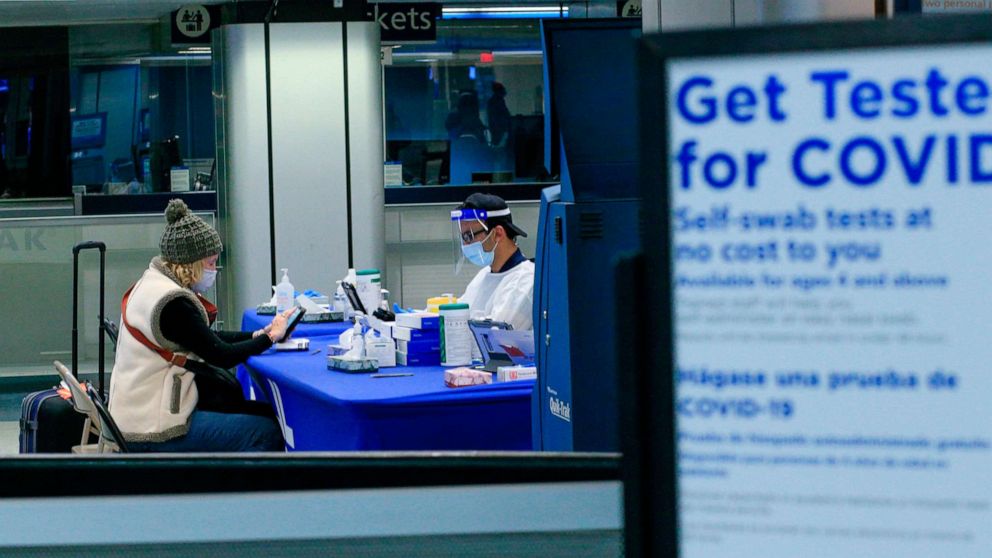US reports over 175,000 new cases
There were 175,663 new cases of COVID-19 confirmed in the United States on Sunday, according to a real-time count kept by Johns Hopkins University.
It's the 34th straight day that the U.S. has reported over 100,000 newly diagnosed infections. Sunday's tally is less than the country's all-time high of 227,885 new cases confirmed on Dec. 4, according to Johns Hopkins data.
An additional 1,114 deaths from the disease were also registered nationwide on Sunday, down from a peak of 2,879 fatalities on Dec. 3, according to Johns Hopkins data.
COVID-19 data may be skewed due to possible lags in reporting over Thanksgiving followed by a potentially very large backlog from the holiday.

A total of 14,760,627 people in the U.S. have been diagnosed with COVID-19 since the pandemic began, and at least 282,312 of them have died, according to Johns Hopkins data. The cases include people from all 50 U.S. states, Washington, D.C., and other U.S. territories as well as repatriated citizens.
Much of the country was under lockdown by the end of March as the first wave of pandemic hit. By May 20, all U.S. states had begun lifting stay-at-home orders and other restrictions put in place to curb the spread of the novel coronavirus. The day-to-day increase in the country's cases then hovered around 20,000 for a couple of weeks before shooting back up over the summer.
The numbers lingered around 40,000 to 50,000 from mid-August through early October before surging again to record levels, crossing 100,000 for the first time on Nov. 4 and reaching 200,000 for the first time on Nov. 27.




